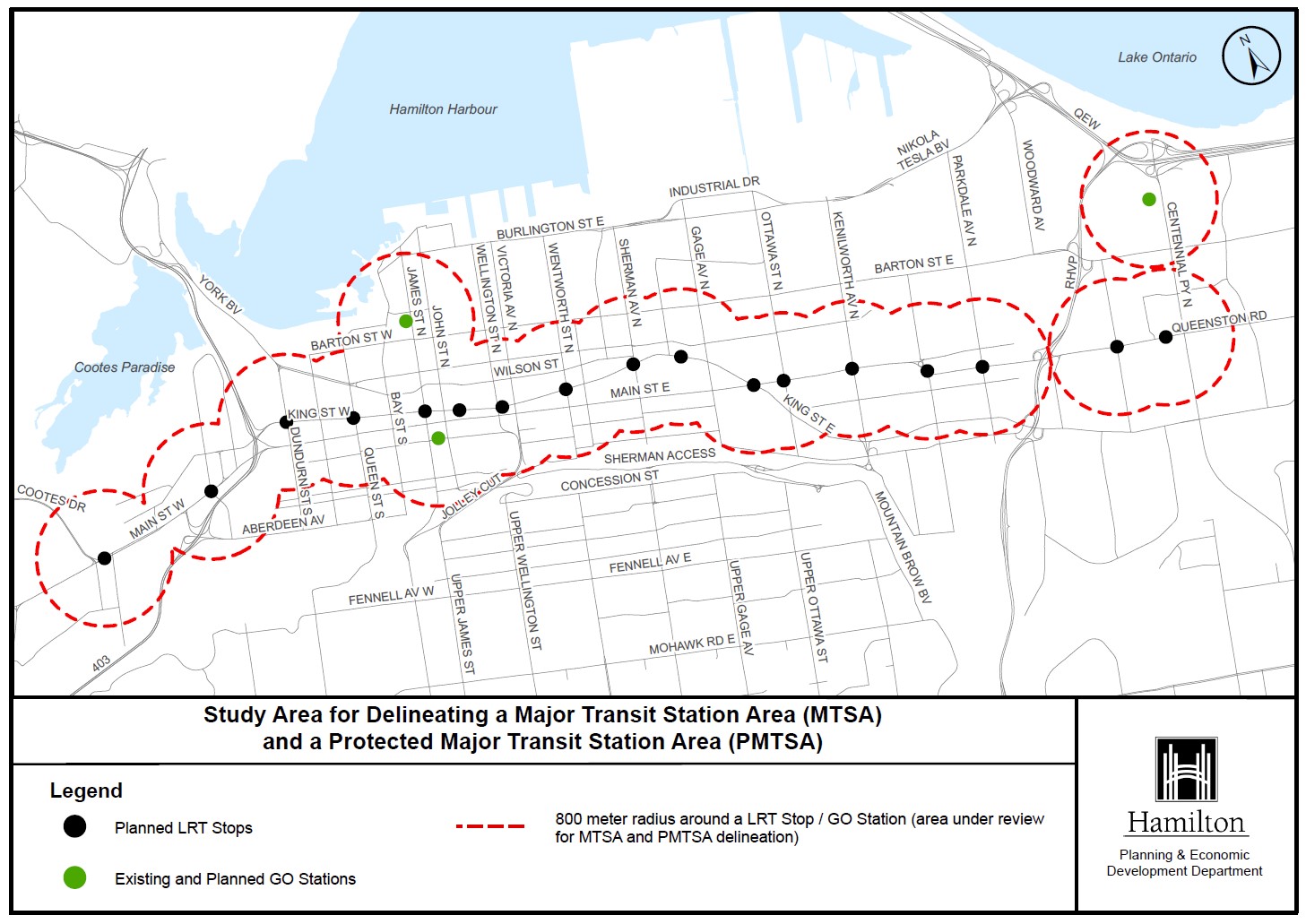What is Inclusionary Zoning?
Inclusionary Zoning is a planning tool that municipalities in Ontario may adopt pursuant to the Planning Act, R.S.O., 1990 c. P.13, to require a certain percentage of affordable units to be included in market rate housing development or redevelopment located within Ministry approved Protected Major Transit Station Areas only. The level of affordability, percentage of affordable units, and the duration that those units are required to remain affordable, must be set out in City’s Official Plan policies and an implementing by-law.
What is a Protected Major Transit Station Area (PMTSA)?
A PMTSA is a type of major transit station area (MTSA), where inclusionary zoning may be applied. Municipalities may determine which MTSAs it identifies as PMTSAs pursuant to the Planning Act, R.S.O., 1990 c. P.13, but PMTSAs require Ministry of Municipal Affairs and Housing approval. Approved PMTSAs allow for inclusionary zoning to be implemented and used by municipalities as a planning tool.
What is a Major Transit Station Area (MTSA)?
A MTSA includes the area around any existing or planned higher order transit station or stop within a settlement area; or the area including and around a major bus depot in an urban core. Major transit station areas generally are defined as the area within an approximate 500 to 800 metre radius of a transit station, representing about a 10-minute walk.
What are some key terms associated with Inclusionary Zoning?
- Affordable Housing: In the case of ownership housing, the least expensive of, housing for which the purchase price results in annual accommodation costs which do not exceed 30 percent of gross annual household income for low and moderate income households, or housing for which the purchase prices is at least 10% below the average purchase price of a resale unit it eh regional market area. In the case of rental housing, the least expensive of a unit for which the rent does not exceed 30 percent of gross annual household income for low and moderate income households, or a unit for which the rent is at or below the average market rent of a unit in the regional market area.
- Minimum Project Size: The minimum area or number of units proposed that will trigger the requirement for Inclusionary Zoning from a developer. Provincial legislation says that Inclusionary Zoning cannot be compulsory in projects less than 10 units. The City may consider a larger minimum project size.
- Set-aside Rate: The portion of the new development required to be “set-aside” by the developer for affordable housing. This rate is expressed as either a percentage of gross floor area or as a percentage of units. E.g. If a developer proposed to build 100 units and the set-aside rate is 10% of units, 10 units of the 100 proposed units must be affordable.
- Affordability Depth: The affordable price or rent for a unit. The affordability depth will be set by the City corresponding to household incomes.
- Affordability Term: The amount of time in years that an IZ unit is required to stay affordable.
- Market Rate: Residential units that are rented or sold at market rates generated by the real estate market without any direct subsidies.




